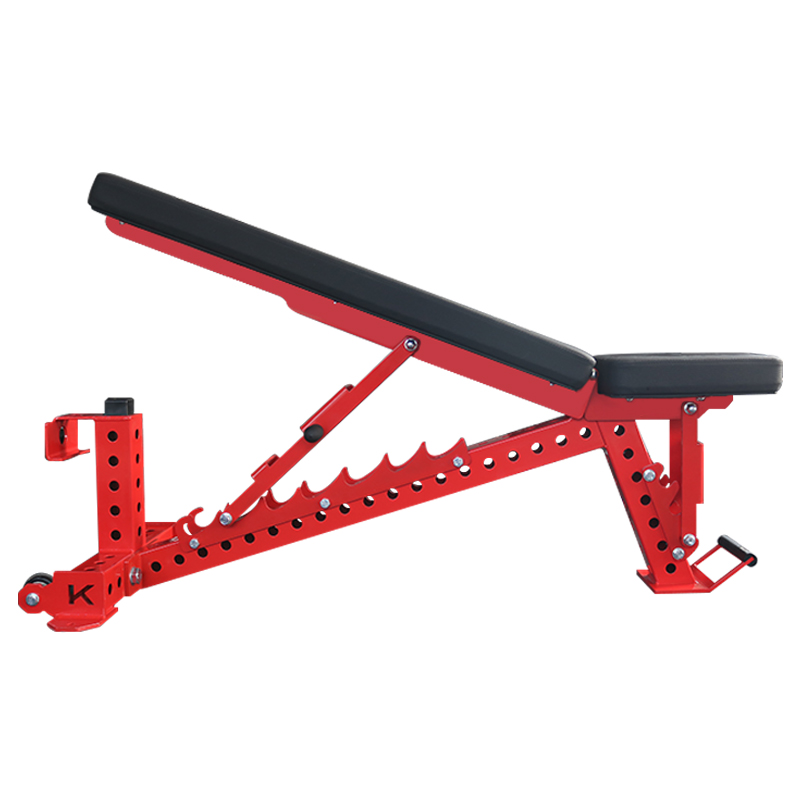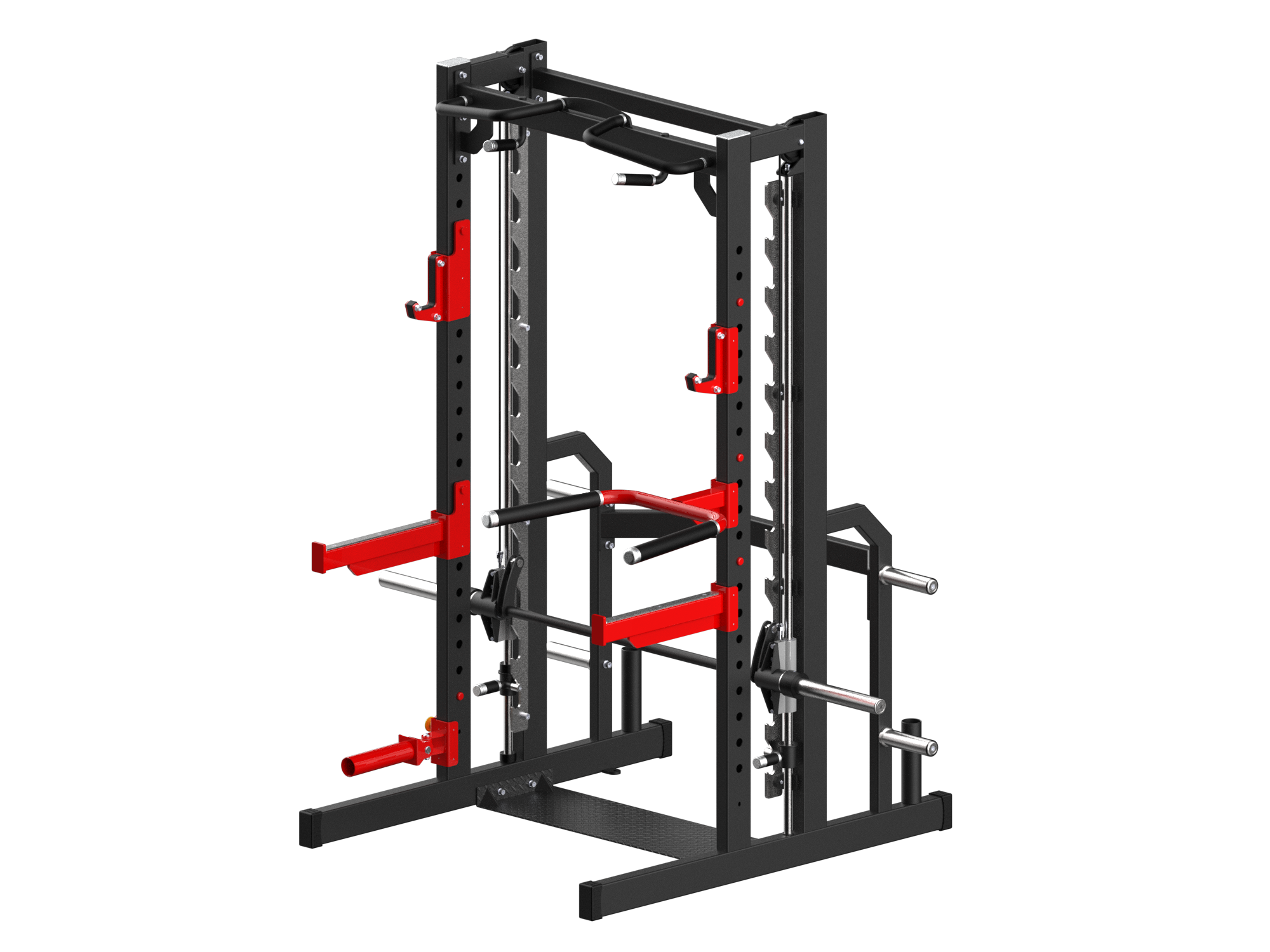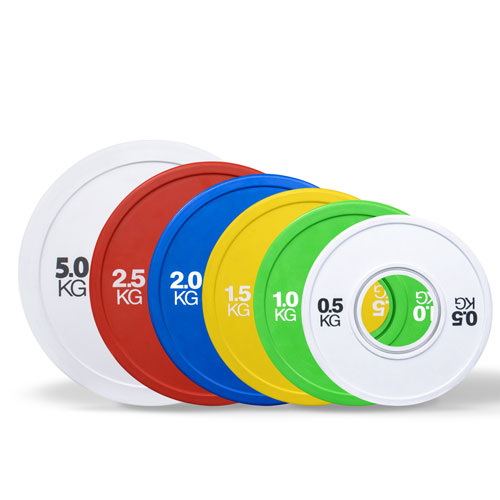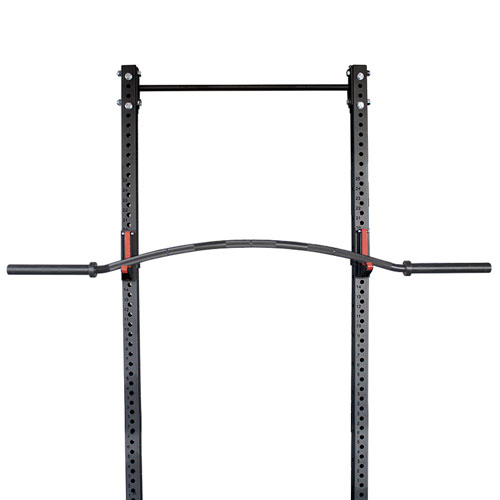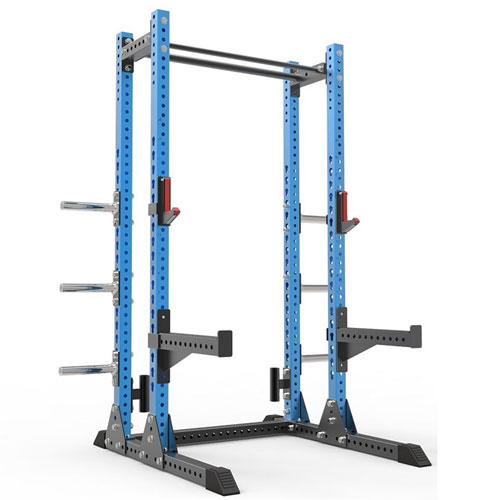5 pratimai laikysenai pagerinti ir skausmui sumažinti
Žmonės turi judėti. Mes turime stovėti tiesiai. Turime vaikščioti aukštai iškėlę galvas.
Tačiau kažkur šioje evoliucijos kelyje kažkas ant stalo priešais mus padėjo kompiuterį ir į rankas įdavė telefoną. Ir mes pradėjome valandų valandas praleisti susikūprinę. Mūsų smakrai, kadaise buvę pakankamai toli nuo gerklės, ėmė krypti į vidų. Mūsų pečiai susilenkė, o eisena pasimetė.
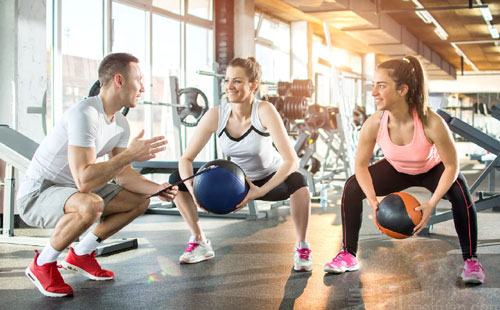
Kai galva, kuri sveria apie 10 kg, pasilenkia į priekį, stuburui tenka iki 60 kg spaudimo. Nenuostabu, kad daugelis iš mūsų praranda raumenų masę, blogai laikosi, didėja traumų rizika. Fiziologai susidariusią būklę vadina viršutinės ir apatinės dalies susikryžiavimo sindromu.
Orangetheory Fitness užsiėmimai, žinoma, gali padėti kompensuoti šiuos ir daugelį kitų šiuolaikinių nepatogumų. Svarbiausia, kad per 60 minučių įgautą pagreitį perkeltumėte į visą likusį gyvenimą.
Tai reiškia, kad judėjimui, kaip ir sveiko maisto planavimui ir laiko praleidimui su artimaisiais, reikia teikti pirmenybę visą dieną. Jei tai darysite, jausitės geriau ir turėsite daugiau energijos kasdienėms užduotims atlikti.
Kineziterapeutas ir "Orangetheory" medicinos patariamosios tarybos narys Aaronas Santiso siūlo šiuos tempimo pratimus, kurie padės mums išlikti stipriems, suderintiems ir aukštiems visą dieną. Kai kurie jo rekomenduojami tempimo pratimai yra tokie paprasti, kad galite pagalvoti: "Kaip tai gali padėti?" Pasitikėkite mokslu. Tai padeda.
The name: Upper trapezius stretch
The target: The muscles in your upper back that help you raise your arms.
The reason: When you lift your arms, one shoulder may seem higher than the other. “Your body may be compensating during this movement pattern due to a muscular imbalance and weakness inside your shoulder,” Aaron says.
The method: Sit tall on a chair, grasping the edge of the seat with your right hand. Slowly bend your neck toward your left shoulder, using your left hand to direct your head. Be sure to keep your right shoulder pressed down. Stop when you feel a comfortable pull on the right side of your neck. Hold for 20 seconds; return to starting position and repeat on the left side. Aim for five stretches on each side, whenever you feel the need.
The name: Levator scapulae stretch
The target: If you know even pidgin Latin, you can translate this as raising the scapula — the shoulder blade, the bone that connects the upper arm and the collarbone.
The reason: Like the previous exercise, this helps keep your neck from taking over movements designed for your shoulders.
The method: Again, sit tall in a chair, holding onto the right side of the seat with your right hand. With your left hand on top of your head, tilt your chin toward your left armpit. Keep your posture straight, stopping when you feel a comfortable pull in the back of your neck. Repeat on the left side, holding each stretch for 20 seconds, for a total of five times on each side.
The name: Open-clam exercise
The target: This especially helps alleviate Upper Crossed Syndrome, which is discomfort in the neck, shoulders, chest, mid-back, elbows and wrists. It starts when we hunch over our computers and follows us into the gym, causing poor form and leading to more discomfort.
The reason: Who wants rounded shoulders, a collapsed chest, and a chin that juts out? Do this exercise two or three times a week to bring your center of gravity in line with your body.
The method: Lie on your side, knees bent at 90 degrees. Rest your head on one arm; with the other, hold your hip to keep from rolling your body. Lift your top knee an inch into the air, lower, and repeat. This targets the gluteus muscle, which helps stabilize knees, lower back and pelvis. Aim for four sets of 25 to 35 reps on each side, three or four times a week.
The name: Sideline external rotation
The target: Your shoulders and neck, so you can stand and sit tall without slouching.
The reason: Who wants bad posture? (We’re not seeing any hands being raised here!)
The method: Lie on the floor on your right side, supporting your head with your right hand or with a couple of pillows. With your left elbow at a 90-degree angle, hold a weight no heavier than five pounds in your right hand (any heavier and it could negatively affect your rotator cuff).
Lėtai pakelkite hantelį šiek tiek aukščiau alkūnės aukščio, išlaikydami 90 laipsnių kampą ir laikydami hantelį lygiagrečiai grindims. Tai atlikite 15-25 kartus; pakartokite ant kitos pusės. Tai darykite tris-keturis kartus per savaitę.
The name: Hip flexor stretch
The target: The muscles basically responsible for lifting your legs and knees toward your body.
The reason: This counteracts the stiffness that develops when we sit too much, which the average American does for 13 hours a day. Sitting shortens these muscles and can bring about lower back pain, so stretching them is imperative.
The method: Start in a kneeling lunge position, right knee bent at a 90-degree angle over the ankle, left knee on the ground, weight evenly distributed to both legs. Draw in your navel. With hands on your hips, slowly move your body forward till you start to feel a stretch in your left leg.
Norėdami dar labiau pasitempti, pakelkite ranką į tą pusę, į kurią tempiama, ir pasukite kūną į tą pusę. Palaikykite 30 sekundžių; pakartokite ant kitos pusės. Tai viena serija; atlikite dar keturias, spausdami kiekvienos tempiamos pusės sėdmenis. Pasistenkite, kad tai taptų kasdieniu įpročiu.
Štai dar keletas patarimų, kaip judėti (žinoma, be "Orangetheory" treniruočių), net jei dirbate prie stalo ir didžiąją dienos dalį sėdite. Ar jie jums padėjo? Pasidalykite jais; juk mes visi judame kartu.
1. Naudokitės tualetu kitame aukšte.
2. Laukdami, kol atšils kava, darykite atsilenkimus arba tricepso įtūpstus.
3. Kas 30 minučių atsistokite. Tada atsisėskite. Tada atsistokite iki pusės; palaikykite 10 sekundžių, tada atsistokite iki galo. Atsisėskite atgal. Atminkite, kad kiekviena akimirka sumuojasi.
4. Sėdėdami pakelkite abi kojas nuo grindų. Palaikykite 10 sekundžių, 15 sekundžių arba 30 sekundžių. Kartokite visą dieną.
5. Kuo dažniau eikite į lauką. Net kelios minutės gryname ore gali sumažinti kraujospūdį ir stebuklingai pagerinti nuotaiką.
6. Laikykite kamuolį prie savo darbo stalo. Kartkartėmis jį pasidėkite tarp kulkšnių. Ištieskite kojas; palaikykite kelias sekundes, tada sulenkite jas.
7. Hidratas. Niekada nelikite be vandens buteliuko. Pripildykite jį kitame aukšte, žengdami po du žingsnius.

